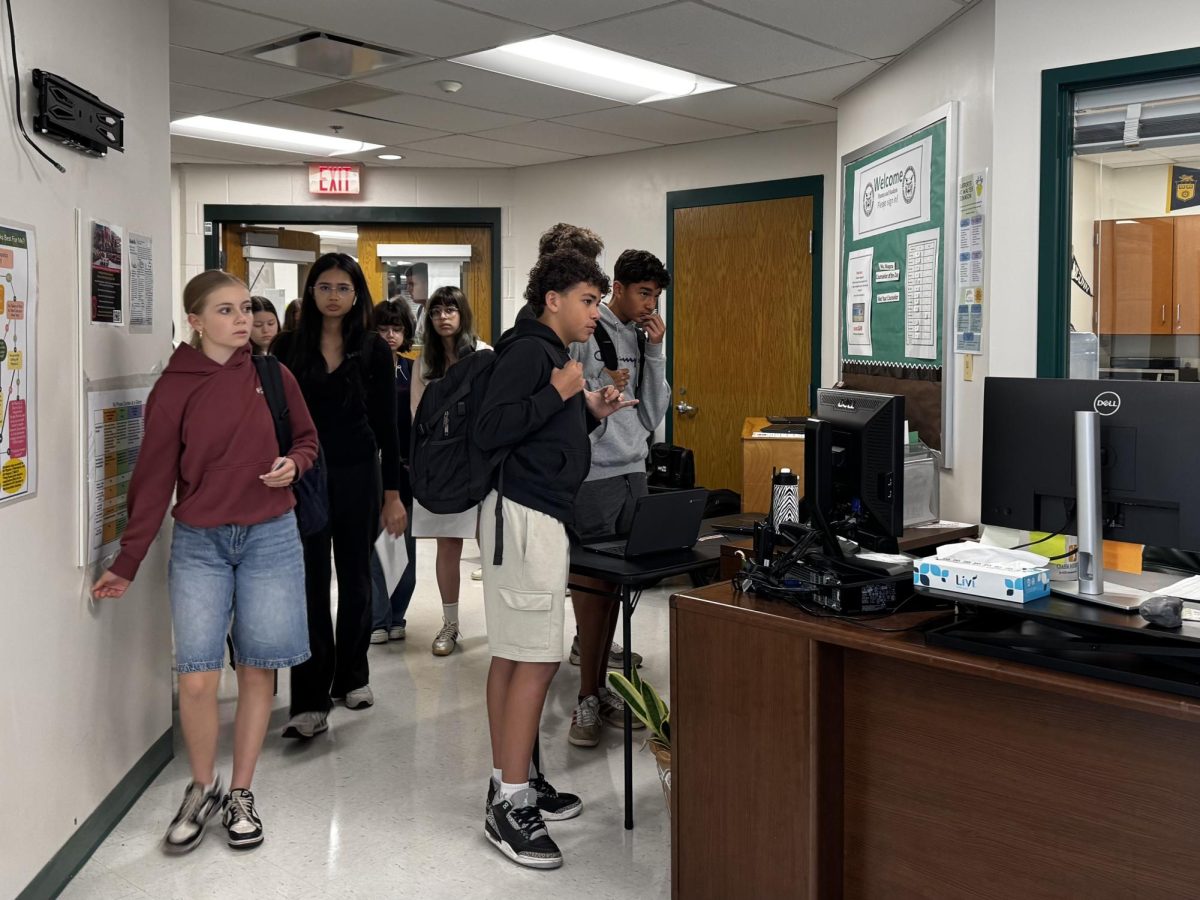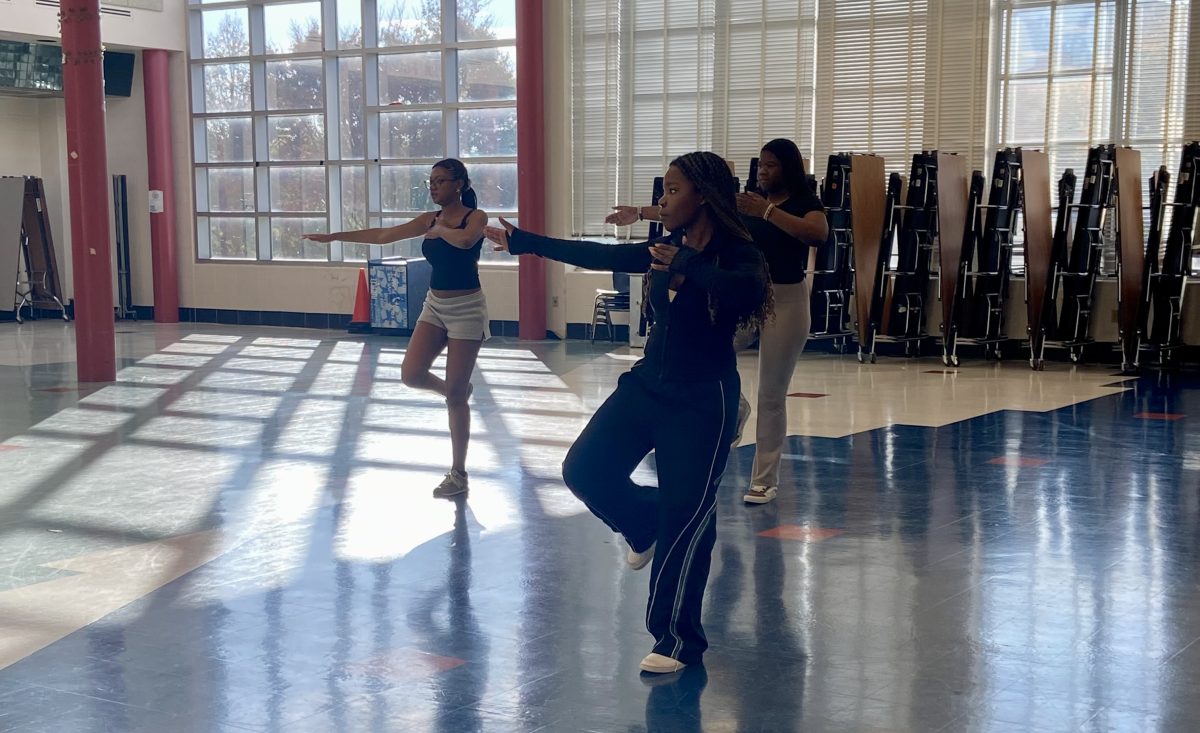The brightly-colored cube enjoyed across the globe has begun its descent on the WJ population. The Rubik’s Cube Club, founded this school year by freshman Stephen Church, has brought cubers together from around the school. Among them is sophomore Jason Tang.
Tang first got into cubing during seventh grade, when he solved a friend’s cube on a skiing trip. Ever since, he has been an avid cuber. He heard about the club from a teacher, who knew Church. Tang says that his favorite part of the club is being with the other cubers.
“You don’t [usually] see people cubing all the time, and you come [to this club and] you can see many people [cubing],” said Tang.
Church enjoys the club for similar reasons. He founded the club because he enjoys cubing and wanted to share that joy with other people.
“I enjoy being with other people who can solve Rubik’s Cubes and [people who] can exchange ideas and techniques,” said Church.
According to Tang, the Rubik’s Cube is solved systematically. A cuber will receive a cube that has the colors of each side scrambled up. He or she will try to restore the cube to its original six-sided state, with only one color on each side. Speaking about the standard 3×3 cube, one would start with the bottom layer, then the second layer, and lastly the top layer.
Once a beginning cuber masters the 3×3 cube, they may then move on to a 4×4, 5×5 or 12-sided Rubik’s Cube. As the cubes gain an extra layer (3×3 cubes have three layers, 4×4 cubes have four layers, etc.), they become progressively more difficult to solve.
And although the club has only recently started up, Church has plans for the club’s future.
“I’m hoping maybe we could grow [the club] a little bit and then enter a competition,” said Church, speaking of timed competitions where people race against each other to solve various sizes of cubes.
Time seems to make all the difference in the minds of cubers. Tang recalls how his solving times for the 3×3 cube have evolved since he started practicing.
“When I first started, my best time was one minute and 15 seconds,” said Tang. “Now it’s around 20 seconds, but usually it’s around 38 [seconds].”
Tang also explains that after a few years of cubing, he sometimes gets frustrated with the times that he gets. If he gets a “bad” or even average time, Tang says he puts down the cube and does another activity for a while. He cites solving Rubik’s Cubes as a form of procrastination for him, in place of other pastimes like Facebook.
Church says that for him, cubing is a challenging, fun and entertaining hobby that keep him busy, and acts as a diversion. He encourages students to join the club and take the challenge of solving Rubik’s Cubes, even if it seems intimidating.
“I would teach them step-by-step how to solve it, and it takes some time and practice,” said Church.
“It’s fun, [cubing is] not that hard,” added Tang. “If you know what you’re doing, then it’s easy…once you solve one [cube], it makes you feel a bit better.”
The Rubik’s Cube Club meets in room 230 every other Monday during lunch.





















